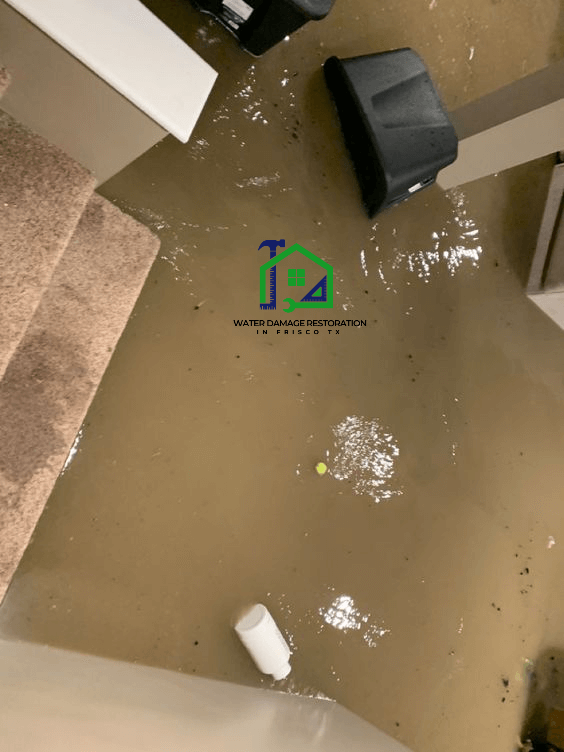
When Surgery Becomes Necessary with Spinal Stenosis

United States, 7th Oct 2024 - Spinal stenosis is a condition that occurs when the spaces within the spine narrow, putting pressure on the spinal cord and the nerves. This narrowing can lead to pain, numbness, and other neurological symptoms that affect daily life. While non-surgical treatments can be effective for many patients, surgery may become necessary in more severe cases. This article will explore the causes and symptoms of spinal stenosis and explain when surgery is typically recommended.
What Causes Spinal Stenosis?
Spinal stenosis most commonly develops as a result of age-related wear and tear on the spine. Over time, the ligaments in the spine can thicken, the cushioning discs between vertebrae can break down, and bone spurs may form, all of which contribute to the narrowing of the spinal canal. Several other factors can also lead to spinal stenosis, including:
- Herniated discs: The soft material inside the spinal discs can leak out and compress the nerves or spinal cord.
- Arthritis: Osteoarthritis can cause the breakdown of cartilage in the spine, leading to inflammation and the formation of bone spurs, which narrow the spinal canal.
- Congenital conditions: Some individuals are born with a narrower spinal canal, making them more prone to developing stenosis as they age.
Recognizing the Symptoms of Spinal Stenosis
Symptoms of spinal stenosis can vary depending on which part of the spine is affected. The two main types are lumbar stenosis (in the lower back) and cervical stenosis (in the neck). Both can produce a wide range of symptoms, from mild discomfort to severe pain and mobility issues.
- Lumbar stenosis: Symptoms often include lower back pain, leg pain, numbness, tingling, or weakness in the legs and feet. Many people with lumbar stenosis find it difficult to walk or stand for long periods and may feel relief when sitting or bending forward.
- Cervical stenosis: Symptoms may involve neck pain, along with numbness or weakness in the arms, hands, or legs. In more severe cases, individuals may experience balance problems, difficulty walking, or even loss of bladder or bowel control, indicating significant spinal cord compression.
Non-Surgical Treatment Options
For many people with spinal stenosis, non-surgical treatments can provide adequate relief from symptoms. These treatments focus on reducing pain, improving mobility, and preventing the condition from worsening. Common non-surgical approaches include:
- Physical therapy: Strengthening the muscles around the spine can improve stability and support, reducing pressure on the nerves.
- Medications: Non-steroidal anti-inflammatory drugs (NSAIDs) can help reduce inflammation and pain, while muscle relaxants may relieve muscle spasms.
- Corticosteroid injections: Injecting steroids into the area around the spinal cord can reduce inflammation and provide temporary pain relief.
- Activity modification: Avoiding activities that worsen symptoms and incorporating rest into the daily routine can help manage discomfort.
While these methods can be effective, they may not work for everyone, particularly in cases where the stenosis becomes more advanced.
When Surgery Becomes Necessary
Surgery is usually considered when non-surgical treatments fail to provide sufficient relief or when symptoms become debilitating. There are several key indicators that surgery might be necessary:
- Severe or worsening pain: If the pain is severe enough to interfere with daily activities or sleep, and non-surgical treatments are ineffective, surgery may be the best option for relief.
- Progressive neurological symptoms: Worsening weakness, numbness, or difficulty walking are signs that nerve compression is becoming more serious, making surgery a more urgent option.
- Loss of bladder or bowel control: This is a red flag for significant spinal cord compression and requires immediate medical intervention, typically in the form of surgery.
Surgical Options for Spinal Stenosis
Several surgical procedures are available to treat spinal stenosis, depending on the severity of the condition and the specific needs of the patient. Some of the most common surgical options include:
- Laminectomy: This procedure involves removing part of the vertebra (the lamina) to create more space for the spinal cord and nerves. A laminectomy is the most frequently performed surgery for spinal stenosis and can provide significant relief by reducing pressure.
- Spinal fusion: In cases where spinal instability is a concern, spinal fusion may be performed to stabilize the spine by permanently joining two or more vertebrae. This procedure is sometimes done in conjunction with a laminectomy.
- Minimally invasive surgery: Advances in surgical technology now allow for minimally invasive procedures that require smaller incisions and result in shorter recovery times. These options may be ideal for patients who qualify for less invasive interventions.
In conclusion, spinal stenosis is a common condition that can cause pain and discomfort as it progresses, but many individuals find relief through non-surgical treatments. However, when symptoms become severe or do not improve with conservative approaches, surgery may be necessary to alleviate pressure on the spinal cord and nerves, improve mobility, and restore quality of life. Consulting with a medical professional is key to determining the best course of treatment based on individual symptoms and health conditions.
If you're experiencing symptoms of spinal stenosis, it’s important to seek medical advice to explore your treatment options and determine if surgery is right for you.
Check out these links for more information about Back and Spine Surgery, Dr. Ejovi Ughwanogho, and Phoenix Back Surgeon, Back Surgeons Scottsdale.
The text above is intended for general informational purposes only and should not be considered as medical advice. Contact your doctor for proper consulting of any physical or emotional concern.
Media Contact
Organization: Dr. Ejovi Ughwanogho
Contact Person: Office Manager
Website: https://ejspine.com/
Email: Send Email
Country:United States
Release id:18019
The post When Surgery Becomes Necessary with Spinal Stenosis appeared first on King Newswire. It is provided by a third-party content provider. King Newswire makes no warranties or representations in connection with it.
Disclaimer: The views, recommendations, and opinions expressed in this content belong solely to the third-party experts. This site was not involved in the writing and production of this article.












